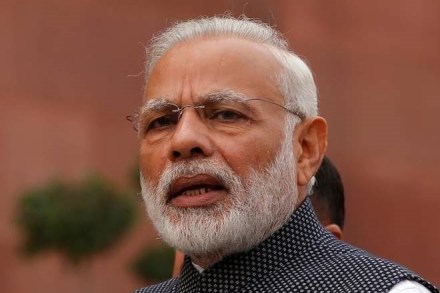With the social security cover being broadened, the government has abandoned a plan to make employees’ provident fund (EPF) contribution optional for workers with relatively low wages. In Budget 2015-16, finance minister Arun Jaitley proposed optional EPF for “employees below a certain threshold of monthly income, without affecting or reducing the employer’s contribution”. The idea was that low-income workers are not deprived of cash to meet their immediate household requirements due to the EPF obligation.
Sources said that Jaitley’s proposal has been shelved as it ran contrary to the government’s plan to bring workers of almost all categories — including those in the unorganised sector, the self-employed, part-time and casual workers and those earning below the “minimum wage” — under a robust, well-defined and comprehensive social security net. An amendment to the Employees’ Provident Fund and Miscellaneous Provisions Act, 1952, was necessary to implement the optional EPF proposal.
According to the labour ministry’s latest plan elucidated in the Code on Social Security and Welfare, benefits like mandatory EPF, pension and insurance will be made available to all workers.
At present, there are around 5 crore active EPF subscribers in the country, which is just about 10% of India’s total labour force, including agriculture workers. A total of 9.26 lakh establishments have been registered with the EPFO as of March 2016.
The EPF & MP Act makes it mandatory for all establishments with 20 or more employees earning less than `15,000 monthly wage to join the EPF scheme. Others can also join in the scheme voluntarily. At present, there are 190 industries or classes of establishments, involved in trading, commercial and services sectors or in school, hospitals and restaurants, where the the Act is applicable.
In June last year, the Cabinet approved a special package for the textile and apparel sector, under which the entire 12% employer contribution for EPF is borne by the government for new workers. Another proposal under the package was to make EPF contribution for employees engaged in the sector earning less than `15,000 month optional, but this hasn’t been implemented so far.
The intention behind both these proposals was to leave more money in the hands of the workers so that their purchasing power go up. Also, employers will be incentivised to create more employment at the entry level.
Under the proposed Code on Social Security and Welfare, contributions from workers and employers will be supplemented by government outlays (as welfare funds) to create social security funds in each state. These funds would be used to provide assorted benefits to workers such as pension, provident fund, group insurance as well as sickness and maternity benefits, with the government pitching in where the workers themselves are unable to contribute.
While the employee contributes 12% of the basic pay to EPF, the employer contributes 8.33% towards employees’ pension scheme and 3.67% to the EPF itself. Additionally, employers also pay 0.5% towards Employees’ Deposit-linked Insurance scheme, 0.65% as EPF administrative charges and 0.01% as EDLI handling fee, taking the total contribution to 13.16%.
